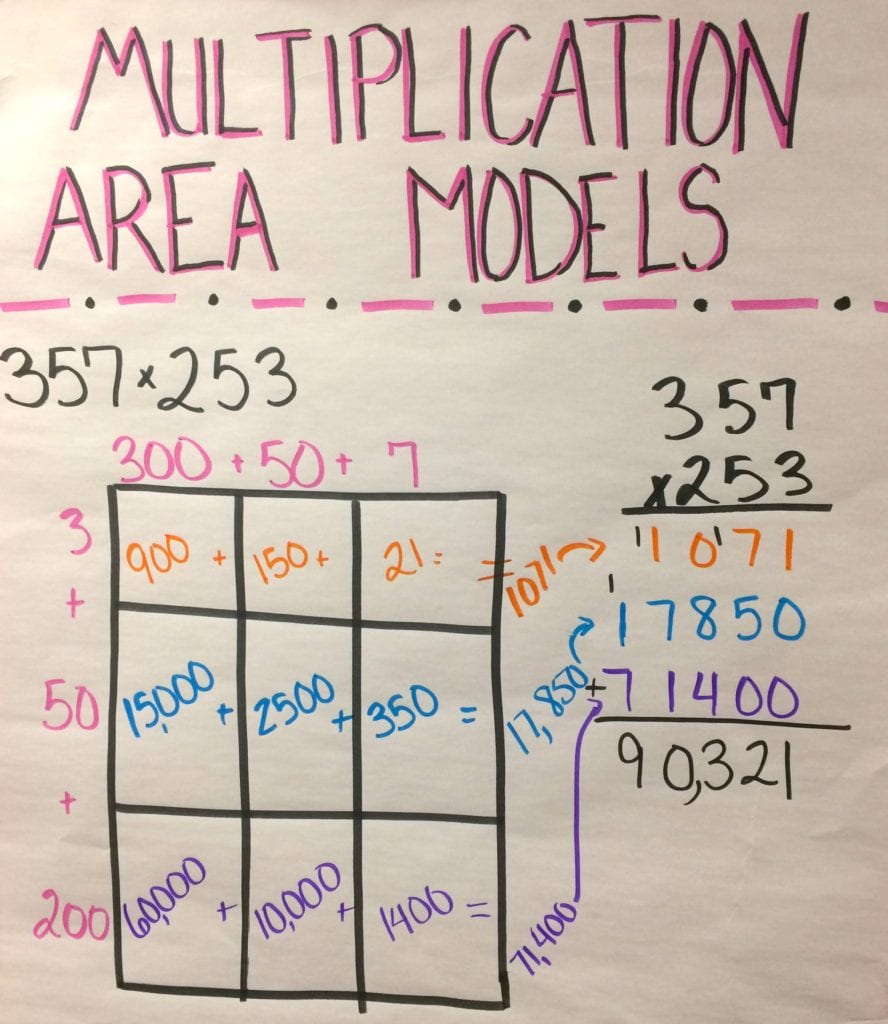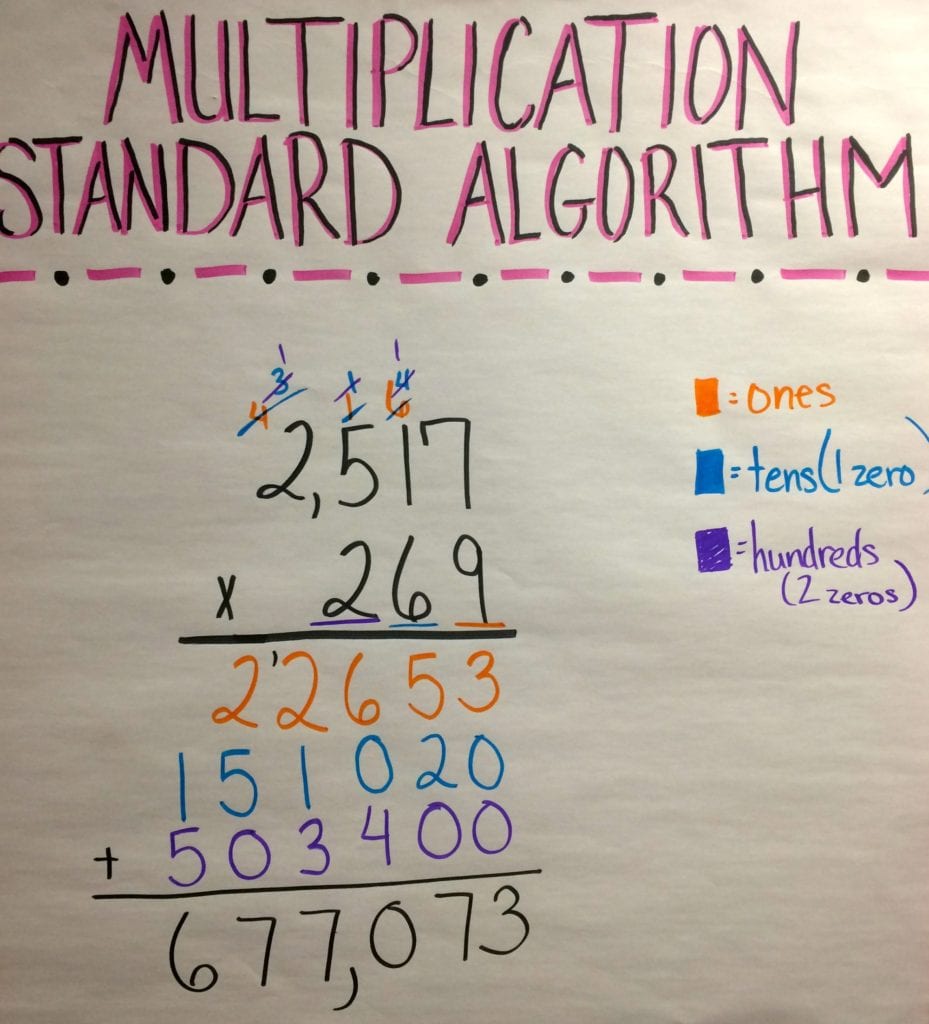Teaching multi-digit multiplication using the standard algorithm seems so easy…in theory. In reality, it is a skill that students can take time to grasp and be able to execute flawlessly. There are many common errors that kids can make. Misconceptions can cause students to struggle with how to complete the problem accurately.
Are you looking for more ideas to mix up your math lessons and engage your students? Check out my FREE Guide to an Engaging Math Lesson! It has tons of ideas for creating variety in your math lessons while keeping your students engaged and learning!
Common Problems with Multi-Digit Multiplication
Some of the common problems and misconceptions students run into when learning to multiply using the standard algorithm include:
- Multiplying only in columns as if adding/subtracting
- Forgetting to place the zeros in the partial products of the tens and hundreds place. (This shows a lack of understanding of the value of the digits)
- Lack of multiplication and addition fact fluency
- Only multiplying the top number by the ones place below
- Writing partial products in a sloppy way, causing difficulty figuring out which digits should be added.
- Difficulty with using the vocabulary correctly.
Foundational Skills for Multiplication
Some of these errors can be prevented by ensuring that your students have the foundational skills necessary to complete the steps of the problem and understand the concepts associated with multiplication. Students need:
- Mastery of basic addition and multiplication facts (or access to a multiplication table)
- Place value understanding of whole numbers
- A foundation of multiplying by multiples of ten
- Estimation skills
Do you struggle to review critical math skills with your students? Check out my post about planning an effective spiral review for tips and strategies to overcome this!
Building Blocks for Multi-Digit Multiplication
Area models are a great way to build a solid foundation for multiplication. Using area models as seen in the anchor chart here can help students break multiplication problems into easy-to-handle chunks. It helps students associate the partial product in the area model with the partial products when solving the standard algorithm.
Originally, I did not love the way the area model seemed “upside-down” when looking at the multiplier on the side. You put the digit in the ones place in the top row and work your way down from there. However, once you are showing students how the partial products relate to the standard algorithm and can draw arrows simply straight across, it really makes a lot of sense.

I also like to use color to help students keep track of the place value position they are working with as in this anchor chart. It helps the students see that they do need to multiply by each digit in the multiplier, and helps them keep track of their place when regrouping and going from digit to digit.

Give it Time
Ultimately, teaching multiplication with the standard algorithm is not a one or two-day lesson. I know it seems easy to us, but for students, there is a lot involved. It takes kids time to apply all of the concepts needed to be able to execute the skill with fluency.
AND! Don’t forget to download your FREE Guide to an Engaging Math Lesson today!
Happy teaching!




1 thought on “How to Teach Multi-Digit Multiplication So Students Really Understand”
I was wanting to suggest a different way of phrasing this idea. You wrote, ” Forgetting to place the zeros in the partial products of the tens and hundred’s place.” and this goes hand in hand with “add a zero or move over a place”. There is no understanding here and wouldn’t it be stronger to say when multiplying 23 time 32 to say (20 times 30) and then (20 times 2) and then distributing the three this time, (3 times 30) and (3 times 2) to arrive at the partial products.
Anytime we ask students to routinely do something that they do not understand the meaning of, we introduce the possibility of a misconception. I also believe the standard algorithm is one of the most misunderstood algorithms by teachers and parents as well, certainly not easy
Comments are closed.